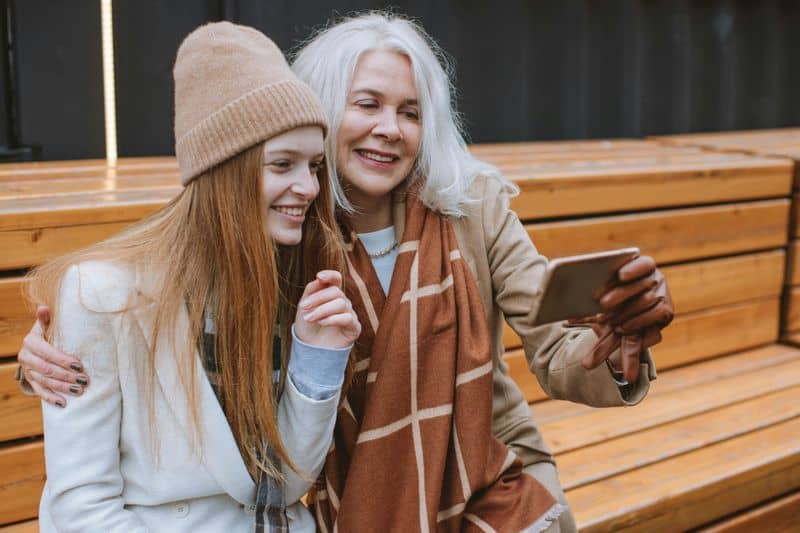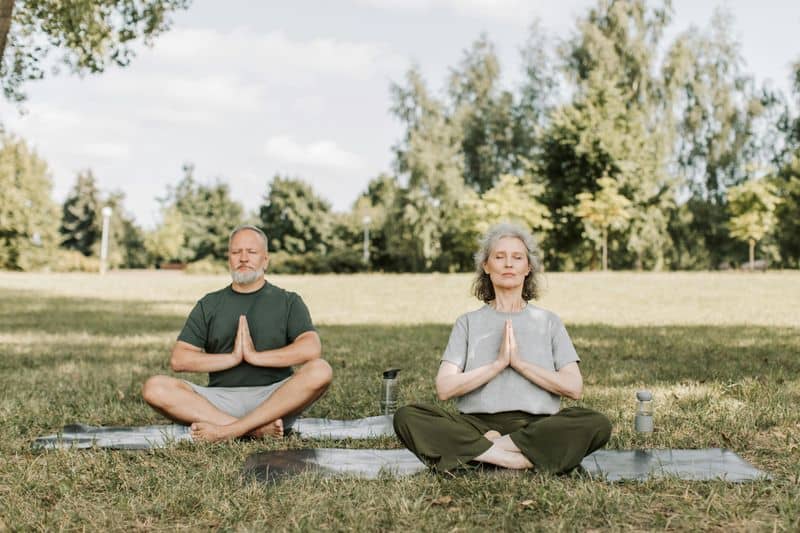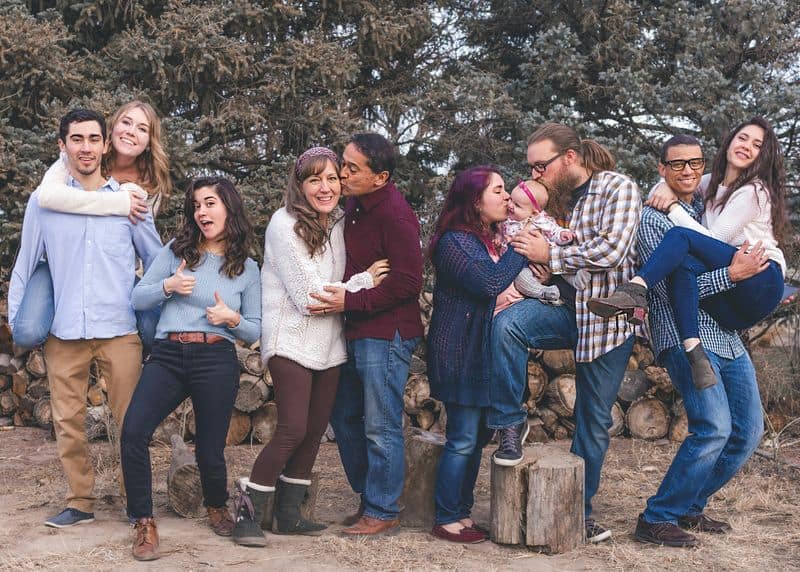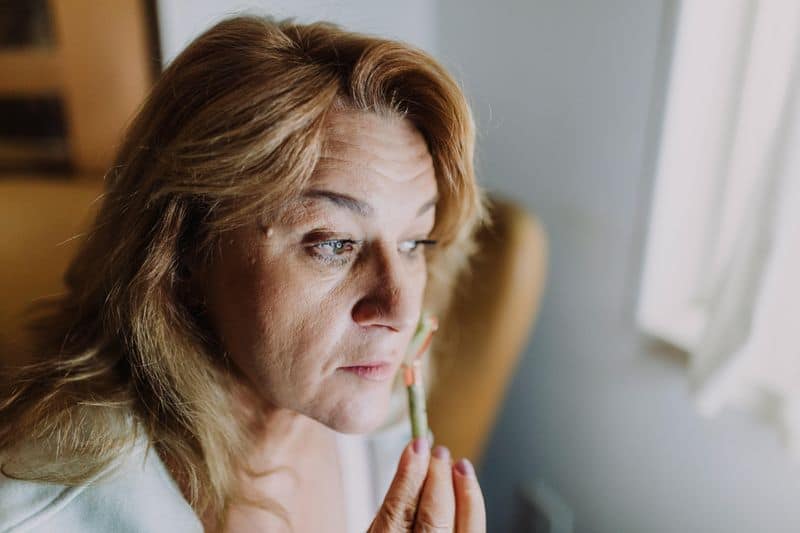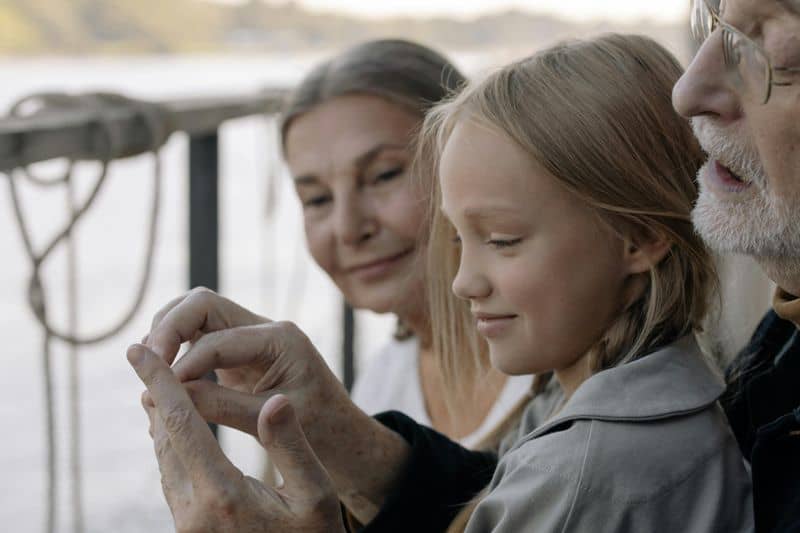Getting older is a natural part of life, yet many of us fight it tooth and nail. We spend billions on anti-aging creams, surgeries, and treatments, hoping to freeze time.
But what if we viewed aging not as something to fear, but as a journey to celebrate? Learning to embrace our changing bodies and minds can lead to deeper happiness than any attempt to recapture youth.
1. Reframe Aging as a Privilege
Not everyone gets the chance to grow old. Each wrinkle and gray hair represents another year of experiences, challenges overcome, and memories created.
When you catch yourself lamenting lost youth, try this perspective shift: aging isn’t a punishment—it’s a gift many wish they could receive. People who embrace this mindset report greater life satisfaction and resilience.
Keep a small reminder—perhaps a photo of someone who didn’t get to age—to ground yourself when youth-chasing thoughts arise. This simple practice builds gratitude for the privilege of growing older.
2. Celebrate Your Body’s Journey
Your body tells the story of your life. Those stretch marks might represent children brought into the world. That scar? A reminder of survival. The lines around your eyes show years of laughter.
Start a practice of standing before your mirror and thanking your body parts for their service. “Thank you, hands, for creating, holding, and working all these years.” This ritual transforms self-criticism into appreciation.
Physical changes aren’t failures—they’re medals of honor earned through living fully. When we stop fighting these changes, we free up enormous mental energy for actual living.
3. Develop Age-Appropriate Confidence
Youth-centered confidence relies heavily on looks and physical prowess. Age-appropriate confidence draws from wisdom, experience, and self-knowledge—resources that only grow richer with time.
Make a list of what you know now that your younger self couldn’t comprehend. Notice how much more efficiently you solve problems, navigate relationships, and manage emotions compared to your 20-year-old self.
True confidence isn’t about turning heads when you enter a room—it’s about knowing exactly who you are and being comfortable in that knowledge. This deeper confidence becomes your superpower as you age.
4. Find Your Aging Mentors
Surround yourself with people who age magnificently. These role models demonstrate that life can become more vibrant, not less, as years accumulate.
Look beyond celebrities with access to expensive procedures. Seek out that 80-year-old neighbor still tending her garden, the grandfather learning new languages in retirement, or the senior volunteer making meaningful community contributions.
Research shows we become like the five people we spend most time with. By intentionally connecting with positive aging examples, their attitudes gradually reshape your own. Their lived experience becomes proof that getting older doesn’t mean giving up on growth.
5. Release Youth-Based Identity
Many of us build our identity around youth-dependent qualities—physical beauty, athletic prowess, or being the “young, promising talent.” When these attributes naturally change, we face an identity crisis.
Create a fresh identity inventory. List qualities that improve or remain stable with age: wisdom, patience, perspective, storytelling ability, emotional regulation. These become your new foundations.
Your worth never depended on youth—that was just marketing. Human value comes from character, contribution, and connection—all areas where age offers advantages, not penalties. By releasing outdated identity attachments, you free yourself to develop more sustainable sources of self-worth.
6. Curate Your Media Consumption
The average American sees thousands of advertisements daily, many promoting youth worship and age anxiety. This constant barrage shapes our perceptions more than we realize.
Audit your social media feeds, magazines, and TV shows. How many showcase only young, flawless bodies? How many portray aging as decline rather than evolution? Replace these sources with content celebrating age diversity.
Follow accounts of vibrant older individuals pursuing passions. Read books by authors who found their voice later in life. Watch films featuring complex older characters. Your brain absorbs these alternative narratives, gradually rewiring your beliefs about what aging means.
7. Invest in Evolving Relationships
Youth-centered social connections often revolve around drinking, dating, or climbing career ladders. Age-friendly relationships offer deeper rewards: authentic conversation, mutual support through life’s challenges, and shared wisdom.
Nurture friendships that grow richer with time. These connections value you for your essence, not your appearance or status symbols. They create space for vulnerability about aging concerns.
Cross-generational relationships prove especially valuable. Younger friends keep you current and challenged; older friends provide perspective on what truly matters. Together, they form a social ecosystem that supports healthy aging rather than fueling age denial.
8. Pursue Mastery, Not Novelty
Youth culture celebrates beginnings—first jobs, first homes, first achievements. Mature living values depth—becoming truly skilled at something meaningful through dedicated practice.
Choose one area that matters to you—gardening, writing, a musical instrument, community service—and commit to developing expertise over years, not months. This long-term approach aligns perfectly with aging.
Research shows the satisfaction of mastery often surpasses the excitement of novelty. While youth gives us breadth of experience, age offers the gift of depth. By embracing this shift, you’ll discover that getting better can be more fulfilling than always seeking what’s new.
9. Practice Radical Acceptance
Fighting reality creates suffering. The energy spent resisting aging could power a small city! Radical acceptance means acknowledging what cannot be changed while focusing on what can.
Try this exercise: Place one hand over your heart and say, “This body is aging exactly as it should.” Notice the resistance that arises, then gently release it with your breath. Repeat daily until the statement feels true.
Acceptance doesn’t mean giving up—quite the opposite. By stopping the exhausting battle against biological reality, you free up tremendous resources for living meaningfully right now. The peace this practice brings feels better than any anti-aging cream could deliver.
10. Create a Legacy Beyond Appearance
Youth obsession keeps us focused on surface-level contributions—how we look in photos or appear to others. Mature thinking considers the lasting impact we’ll leave behind.
Ask yourself: “What do I want to be remembered for after I’m gone?” The answers rarely involve physical appearance. They typically center around how we made others feel, values we demonstrated, or positive changes we helped create.
Start documenting your life wisdom in a journal for future generations. Mentor someone younger in your field. Plant trees that will provide shade long after you’re gone. These legacy-building activities shift focus from fading youth to enduring contribution.


